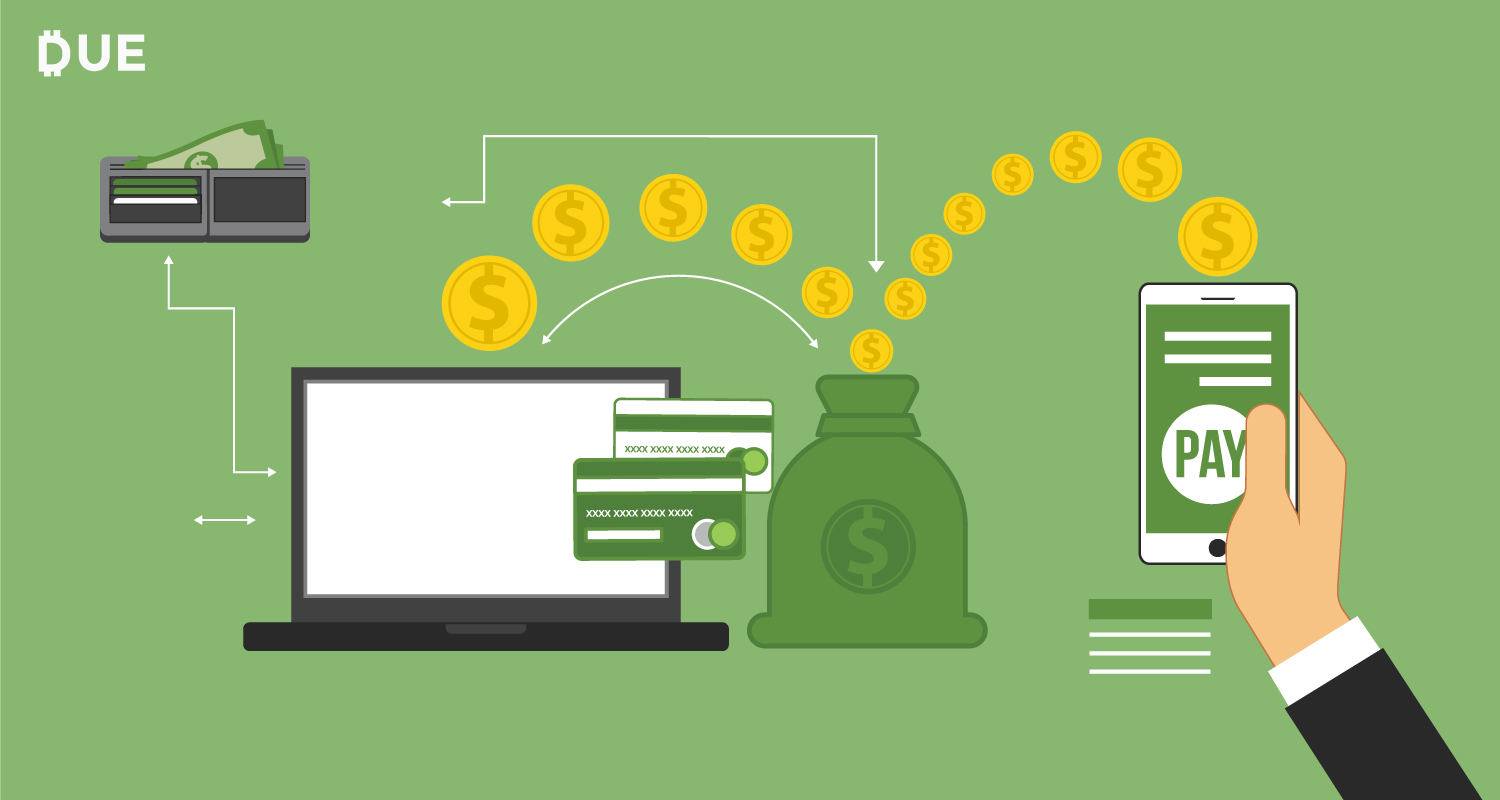Take a look 2019’s most anticipated American IPOs, and you’ll notice something: They’re almost all cloud-based software companies. IPO-worthy companies like Uber, Airbnb, Lyft, Pinterest, Slack, Robinhood, and more are planning to go public before year’s end.
With the exception of jeans maker, Levi Strauss, the list of upcoming IPO’s is a who’s who of top tech firms. First, software is a hot sector. Second, software-as-a-service companies operate differently. Three aspects of the SaaS business model make a company IPO-worthy:
Table of Contents
ToggleSuperior Scalability
The first IPO-worthy factor is scalability. SaaS companies, of course, offer a software service rather than a physical product. On the surface, that might not seem important. But, consider what it means behind the scenes. While a growing product company needs to invest in new infrastructure and team members at a relatively fixed rate, a growing SaaS provider needs fewer new hires as it scales.
Because SaaS companies can serve more customers with fewer workers, they can grow their revenue with comparably little growth in expenses. When Facebook bought Instagram for $1 billion, for instance, the photo-sharing startup’s 13 employees had built a user base of 27 million. Although Facebook won’t say exactly where Instagram’s revenue and expense figures sit today, it’s admitted that still-lean Instagram will soon be its primary source of ad revenue growth.
Retention Over Acquisition
The next IPO-worthy factor involves retention. Unlike physical product companies, SaaS firms tend to focus not on new sales, but on repeat business. Although that may be counterintuitive given SaaS firms’ scalability, the reason has to do with what’s known in SaaS spheres as the “god metric.” The LTV-to-CAC ratio compares the lifetime value of the average customer with the cost of acquiring that customer. If the cost of acquiring a customer exceeds that customer’s expected lifetime value, then it’s not profitable for a company to pursue that customer.
Why would SaaS firms, in particular, be considered with the LTV-to-CAC metric? Consider how the tech industry compares to its peers in customer acquisition costs. Tech firms spend an average of $133.52 per customer acquired by Google search and $55.21 for each acquired through Facebook. These companies are the most of any ranked industry. And, they are worth three to eight times as much as those at the bottom.
Customer Success Software
Because customer acquisition is so costly for tech firms, they turn to customer success software like Gainsight — used by Eventbrite, PluralSight, Yext, Okta, and multiple other members of the 2017-2018 IPO class — to maximize the value of existing customers. By identifying signs of trouble, such as short session lengths, before customers leave, tech firms increase their LTV without adding to acquisition costs.
Investors, like tech leaders, are data-driven. They know companies stand a 60 to 70 percent chance of converting an existing customer. However, the probability of selling a new one stands at just 5 to 20 percent.
Recurring Revenue
By retaining customers rather than making one-and-done sales, SaaS companies don’t just avoid high acquisition costs; they create a revenue stream that makes investors salivate.
To understand why newly public tech firms like Ceridian and Dropbox highlight their recurring revenue in their financial statements, consider how it impacts the bottom line. Subscription models put revenue on the books now and into the future. Investors like this for multiple reasons.
Companies that emphasize recurring revenues improve their cash-flow predictability. Predictable cash flow gives investors confidence in the company’s near-term returns. It also reduces the company’s own investment risks. A company with some guarantee of future revenues can afford to spend more on improvements like team training and new tools. Otherwise, a company might be tempted to finance upgrades on credit. However, this comes with interest expenses. Also, it weakens metrics like the company’s debt-to-income ratio.
Center Stage Yet Again
SaaS companies will take center stage this year. They offer a service with nearly endless potential to scale. This reduces the cost of goods sold. They claim more of their total addressable market. Also, they sidestep the steep acquisition costs that plague the tech sector. In doing so, they create an income stream that continuously generates money for the company and investors.













